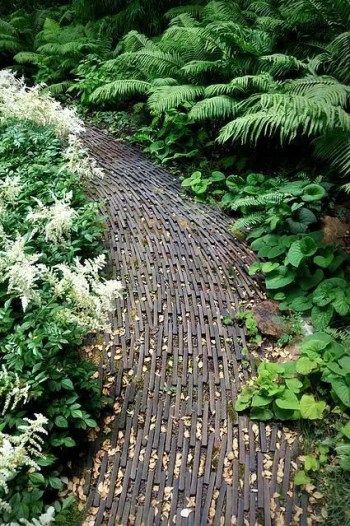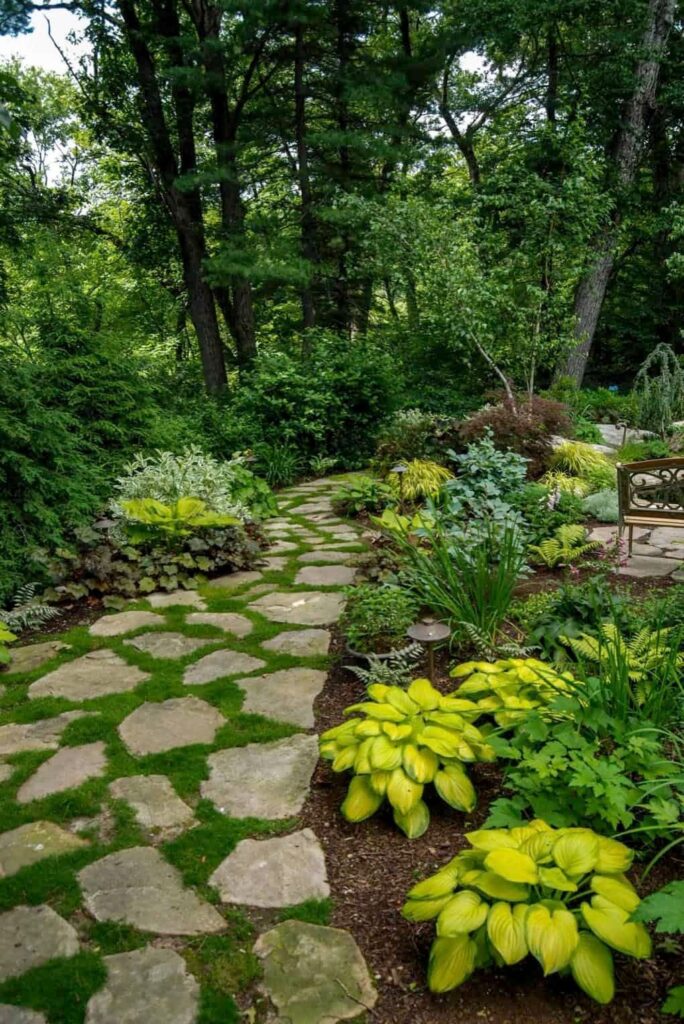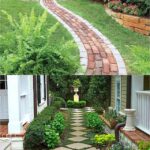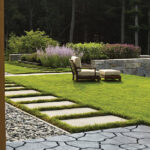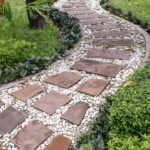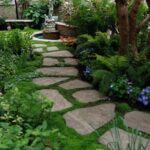Garden paths and walkways are an essential element in any outdoor space, providing both functional and aesthetic benefits. A well-designed pathway can enhance the overall look of a garden and make it more accessible and enjoyable for everyone to navigate. From practicality to enhancing the beauty of the space, garden paths play a crucial role in the overall design of a landscape.
When it comes to choosing the material for your garden path, there are various options to consider. Popular choices include natural stone, gravel, concrete, and brick. Each material has its own unique characteristics and can create a different look and feel for the pathway. Natural stone, for example, provides a rustic and organic look, while concrete offers a more modern and sleek appearance. The choice of material should complement the overall design of the garden and suit your personal style.
In addition to the material, the layout and design of the garden path are also important considerations. The path should be strategically placed to create a natural flow and connection between different areas of the garden. Curved pathways can add visual interest and create a more dynamic layout, while straight paths offer a more formal and structured look. Incorporating elements such as steps, bridges, or pergolas can further enhance the design and functionality of the walkway.
Another aspect to consider when designing garden paths is the width and accessibility of the pathway. Paths should be wide enough to comfortably accommodate foot traffic and allow for easy movement throughout the garden. Adding lighting along the pathway can also enhance safety and usability, especially during evening hours. Consider incorporating solar-powered lights or low-voltage landscape lighting to illuminate the path and create a welcoming ambiance.
Garden paths can also be a great opportunity to showcase your creativity and personalize the outdoor space. Consider adding decorative elements such as mosaic tiles, colorful plantings, or unique sculptures along the pathway. These design features can add a touch of personality and create a memorable experience for visitors as they navigate through the garden. Don’t be afraid to experiment with different materials and design ideas to create a pathway that is both functional and visually appealing.
Overall, garden paths and walkways are an essential design element in any outdoor space, providing both practical and aesthetic benefits. By considering the material, layout, width, and design of the pathway, you can create a beautiful and functional pathway that enhances the overall look and usability of your garden. Whether you prefer a natural and rustic look or a more formal and structured design, there are endless possibilities to explore when it comes to designing garden paths.

